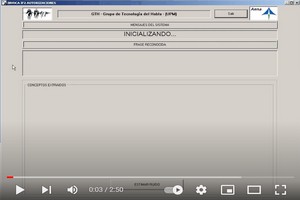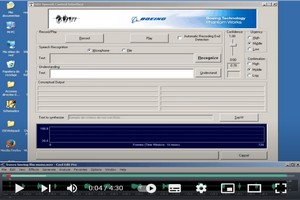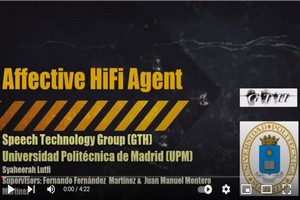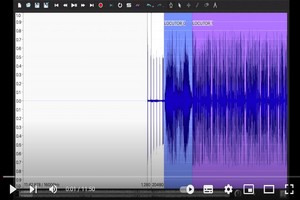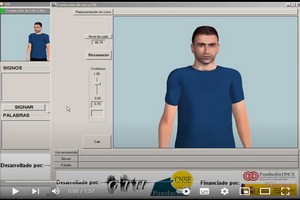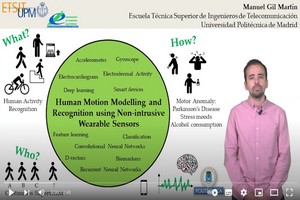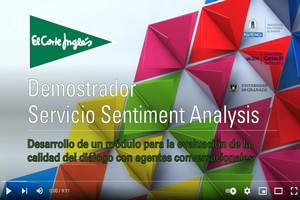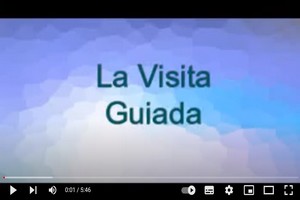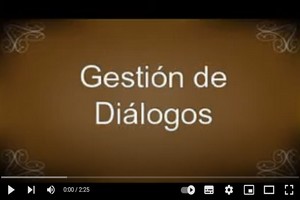Spoken Language Understanding
Emotional Spoken Dialogue Systems
Text to Speech Conversion
 |
This demo presents an example of the voice generated during Simple4ALL european project. This voice is able to reproduce a soccer game announcer. |
Audio Segmentation
Video and image processing
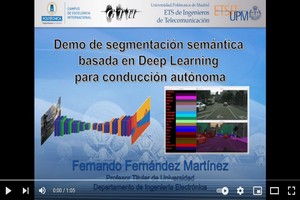 |
The video shows a mosaic-like composition in which both the original videos recorded by means of a mobile phone camera on board a car and the result of processing said videos can be viewed by applying the Enet model for semantic segmentation trained on the Cityscapes database (https://www.cityscapes-dataset.com/) , and automatically coloring the different regions within the video according to the result of the segmentation. |
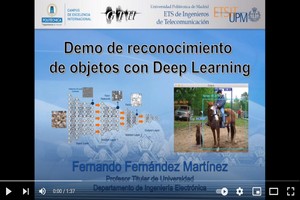 |
Object recognition demo with deep learning using MobileNetSSD, a compact 25MB model specifically developed for HW platforms with limited resources (e.g. mobile) on Raspi optimized for almost 1 frame per second. |
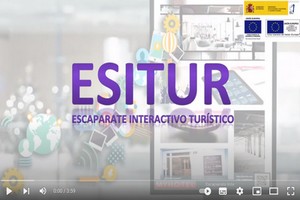 |
(Video in Spanish) ESITUR-UPM: Interactive Tourist Showcase. Accessible from any mobile (without application) and with content extracted from analyzing and interpreting public photos uploaded to social networks by tourists visiting the same area. ESITUR is a project carried out in collaboration with Universidad Carlos III de Madrid and the company MOVILOK INTERACTIVIDAD MOBILE Awarded in the 2016 Call for Collaboration Challenges of the Ministry of Economy and Competitiveness, the project is aimed at the design and development of ‘smart tourism’ solutions that improve the tourist experience of its users during their stay at the destination. |  |
(Video in Spanish) ESITUR-UPM Promotional video. This video shows a real application using the tehcnologies developed in the ESITUR-UPM project. |  |
This video shows a tracking demo where the system localizes a marker and followes its movement. |

